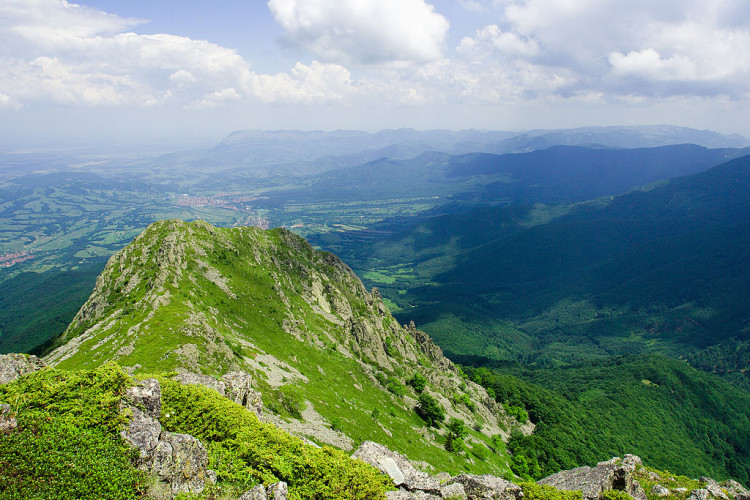Balknatolia, a lost continent wedged between Europe, Africa, and Asia, was discovered by scientists and allowed Asian mammals to reach Europe sooner than previously thought.
Scientists believe that when sea levels dropped and a land bridge emerged some 34 million years ago, Balkanatolia became a gateway between Asia and Europe.
"When and how the first wave of Asian mammals made it to south-eastern Europe remains poorly understood," paleontologist Alexis Licht and colleagues write in their new study.
But the end product was nothing short of spectacular. Huge numbers of native mammals vanished from Western Europe around 34 million years ago, near the end of the Eocene period, while new Asian animals developed, in what is now known as the Grande Coupure.
Recent fossil discoveries in the Balkans, however, have upended that timetable, pointing to a 'peculiar' bioregion that appears to have allowed Asian mammals to overrun southeastern Europe 5 to 10 million years before the Grande Coupure.
To analyze, Licht and colleagues from the French National Centre for Scientific Research re-examined data from all known fossil sites in the area, which includes the modern-day Balkan peninsula and Anatolia, Asia's westernmost extension.
The scientists rebuilt paleogeographic changes that occurred in the region, which has a "complex history of episodic drowning and re-emergence" based on current geological data, and the age of these sites was amended based on current geological data.
What they discovered suggests that Balkanatolia served as a stepping stone for animals migrating from Asia to western Europe, with the ancient landmass' transformation from standalone continent to land bridge - and subsequent invasion with Asian mammals - occurring at the same time as some "dramatic paleogeographic changes."
Balkanatolia was an isolated archipelago, apart from the adjacent continents, around 50 million years ago, where a unique assortment of species distinct from those of Europe and eastern Asia lived, according to the study.
Then, between 40 and 34 million years ago, a combination of dropping sea levels, expanding Antarctic ice sheets, and geological movements joined the Balkanatolia landmass to Western Europe.
According to the fossil record, this allowed Asian mammals such as rodents and four-legged hoofed mammals (called ungulates) to move westward and invade Balkanatolia.
Licht and colleagues added to that record by discovering parts of a rhinoceros-like animal's jawbone at a new fossil site in Turkey, which they dated to 38 to 35 million years ago.
The fossil is arguably the oldest Asian-like ungulate discovered in Anatolia to date, predating the Grande Coupure by at least 1.5 million years, implying that Asian mammals were already on their way to Europe via Balkanatolia.
Many of the geological shifts that led to the formation of Balkanatolia are still unknown, and it's crucial to remember that this study is based on the interpretation of one team's fossil record.
The study was published in Earth-Science Reviews.






